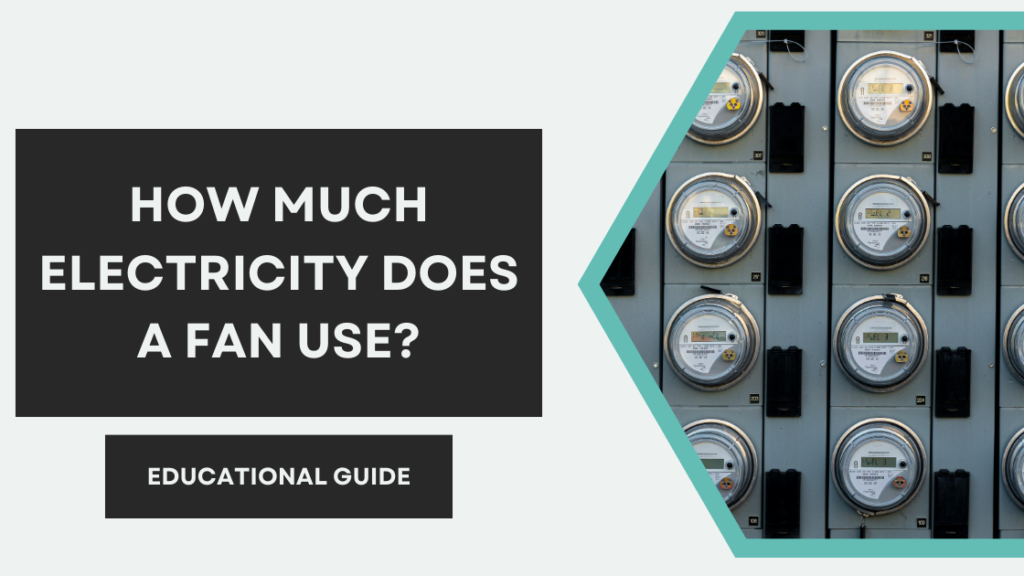Which Is The Best Electric Heating For Your House
When temperatures drop, it becomes necessary to find the best Electric heating for your house. You can save energy by choosing the right type of home heating system. Electric heating is designed to do one thing: transfer heat to the living areas in order to maintain a comfortable temperature. Depending on the type and model […]
Which Is The Best Electric Heating For Your House Read More »



